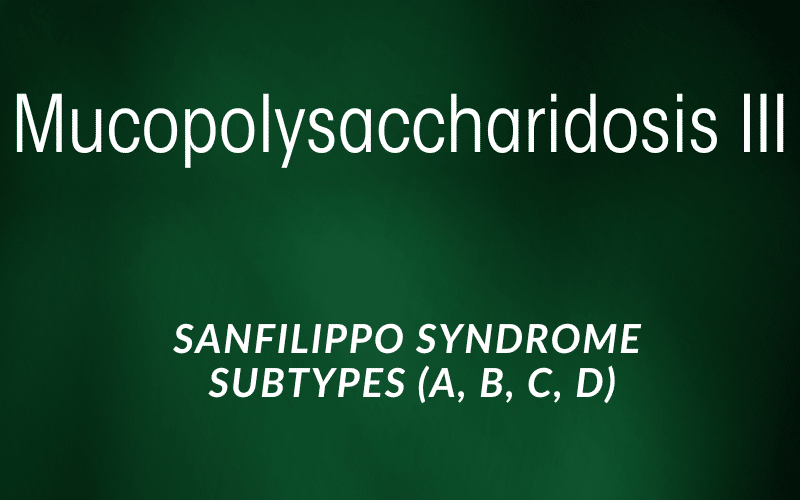Type 3: Sanfilippo’s Maze: Decoding Mucopolysaccharidosis III

Unravelling the story of Mucopolysaccharidosis III, also known as Sanfilippo syndrome, we encounter an interesting character named Sylvester Sanfilippo. The syndrome, named after him, is a classic example of the complexities that MPS disorders can unfold. With four distinct subtypes (A, B, C, and D), each is attributed to a different faulty gene, leading to varied enzyme deficiencies.
Diving into the world of Sanfilippo syndrome, one is quickly enveloped by the sad reality of the condition’s severe neurological impacts. Children affected with MPS III usually have a completely normal infancy period, making the onset of symptoms all the more shocking for families. What starts as a period of slowed development quickly accelerates into significant developmental regression.
It’s the behavioural changes that often grab attention in the early stages of MPS III. A previously quiet and calm child might suddenly transform into an excessively active, restless individual, a condition referred to as hyperactivity. Moreover, these children often suffer from sleep disturbances, adding another layer of challenge to their care.
As we move deeper into the journey of an individual affected by MPS III, we encounter a sobering reality. These children eventually lose most of their previously gained skills, entering a phase of profound disability. It’s a stark contrast to the initial hyperactivity and provides a glimpse into the cruel progression of this disorder.(3)